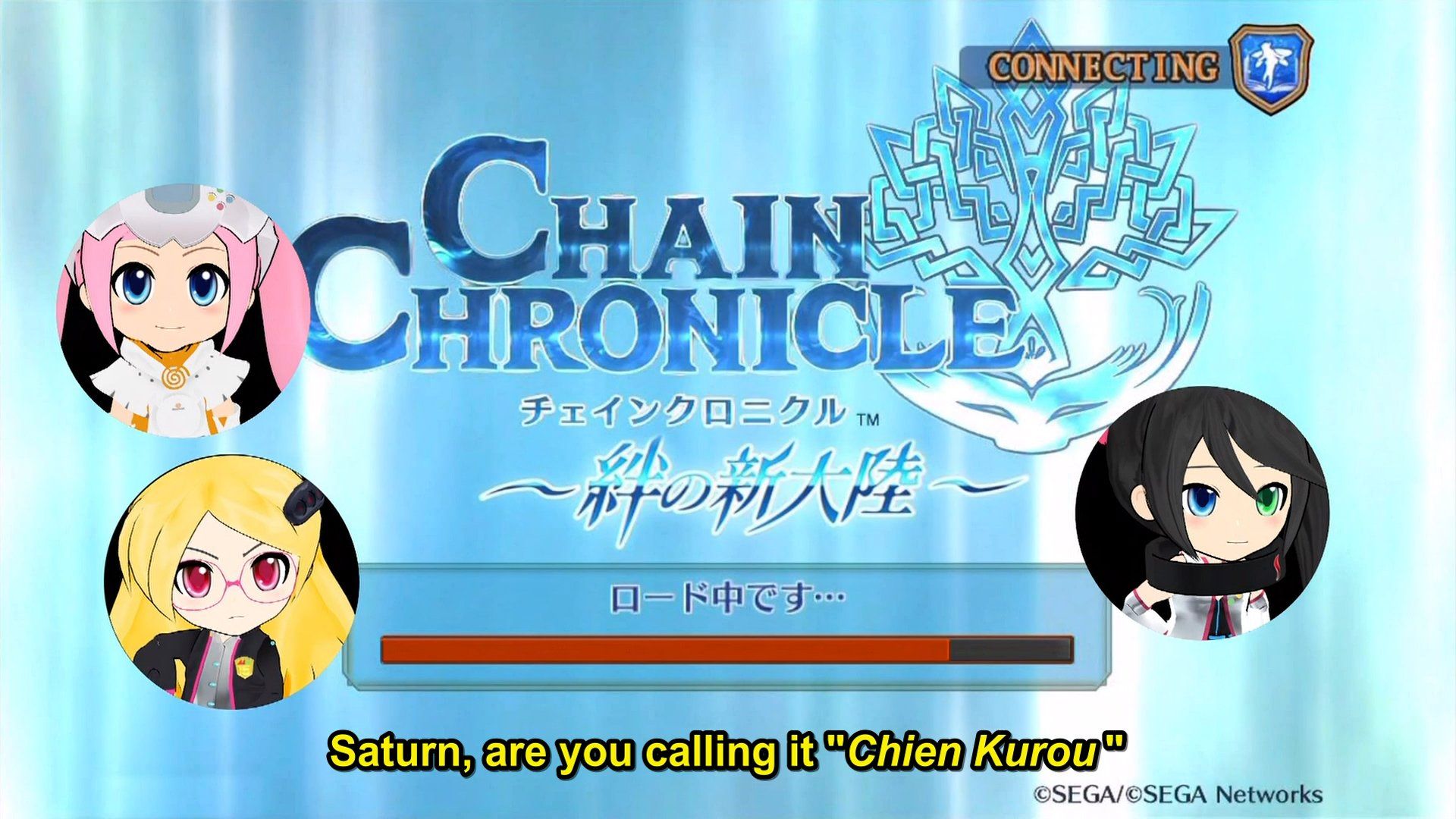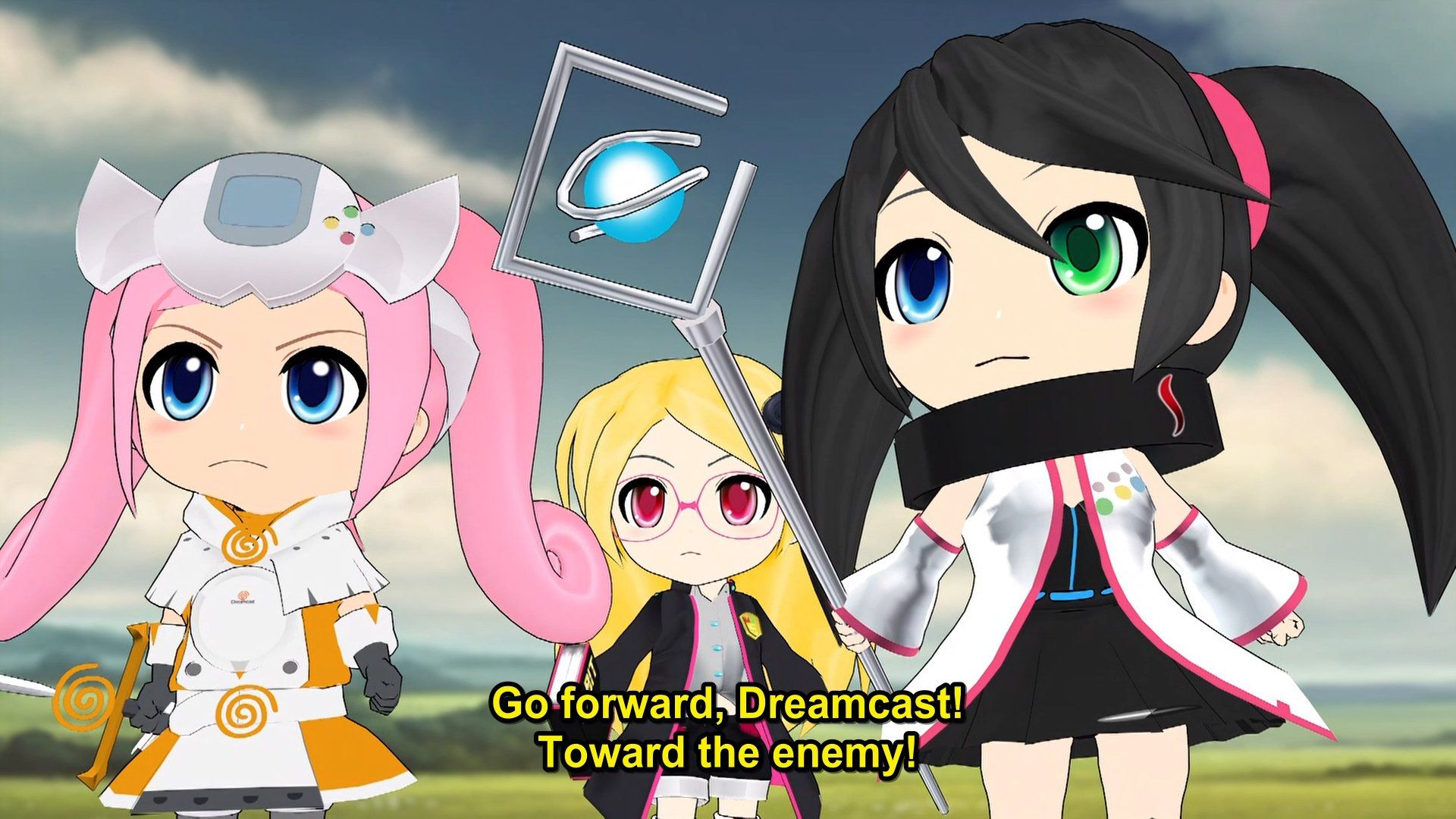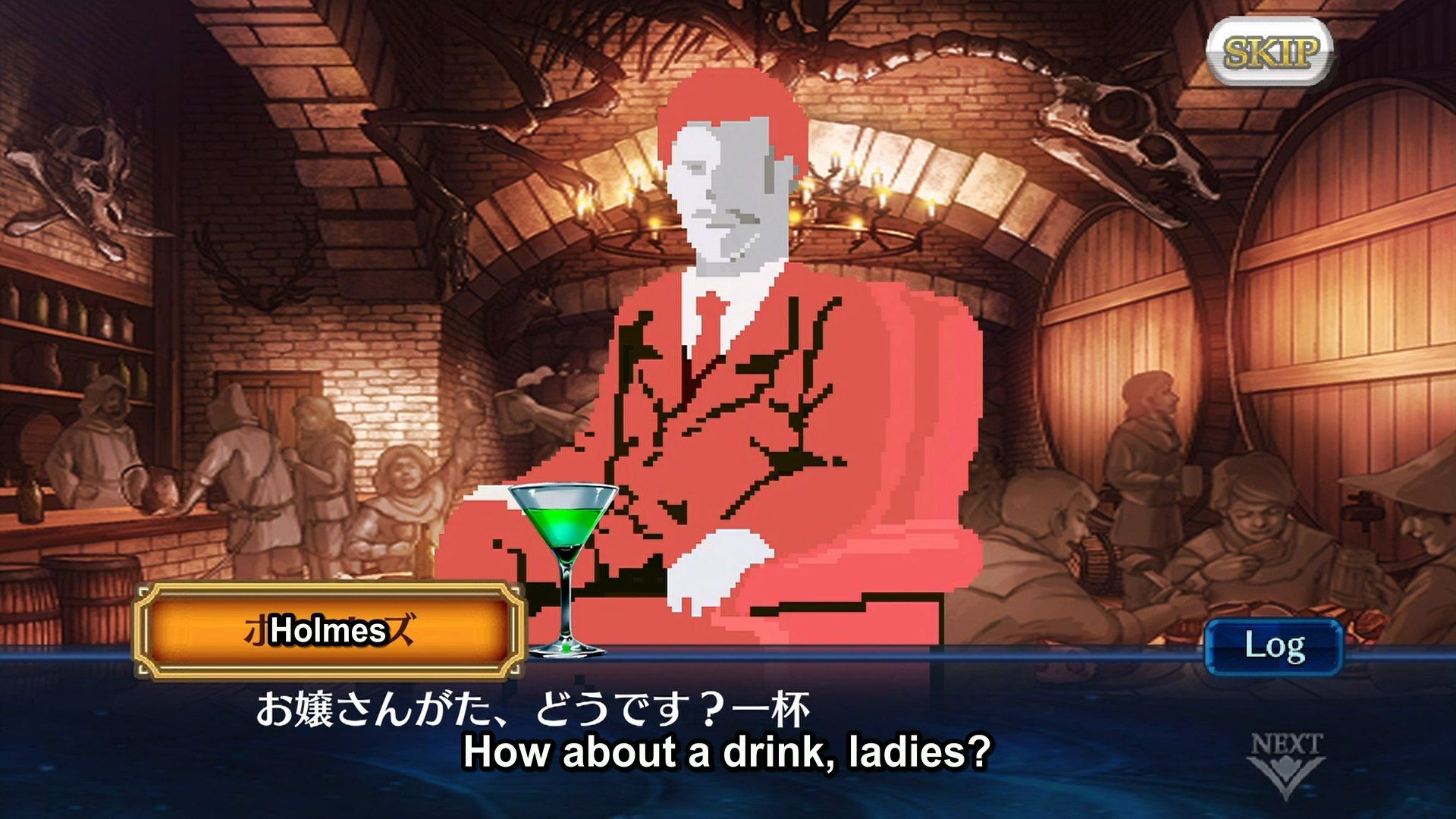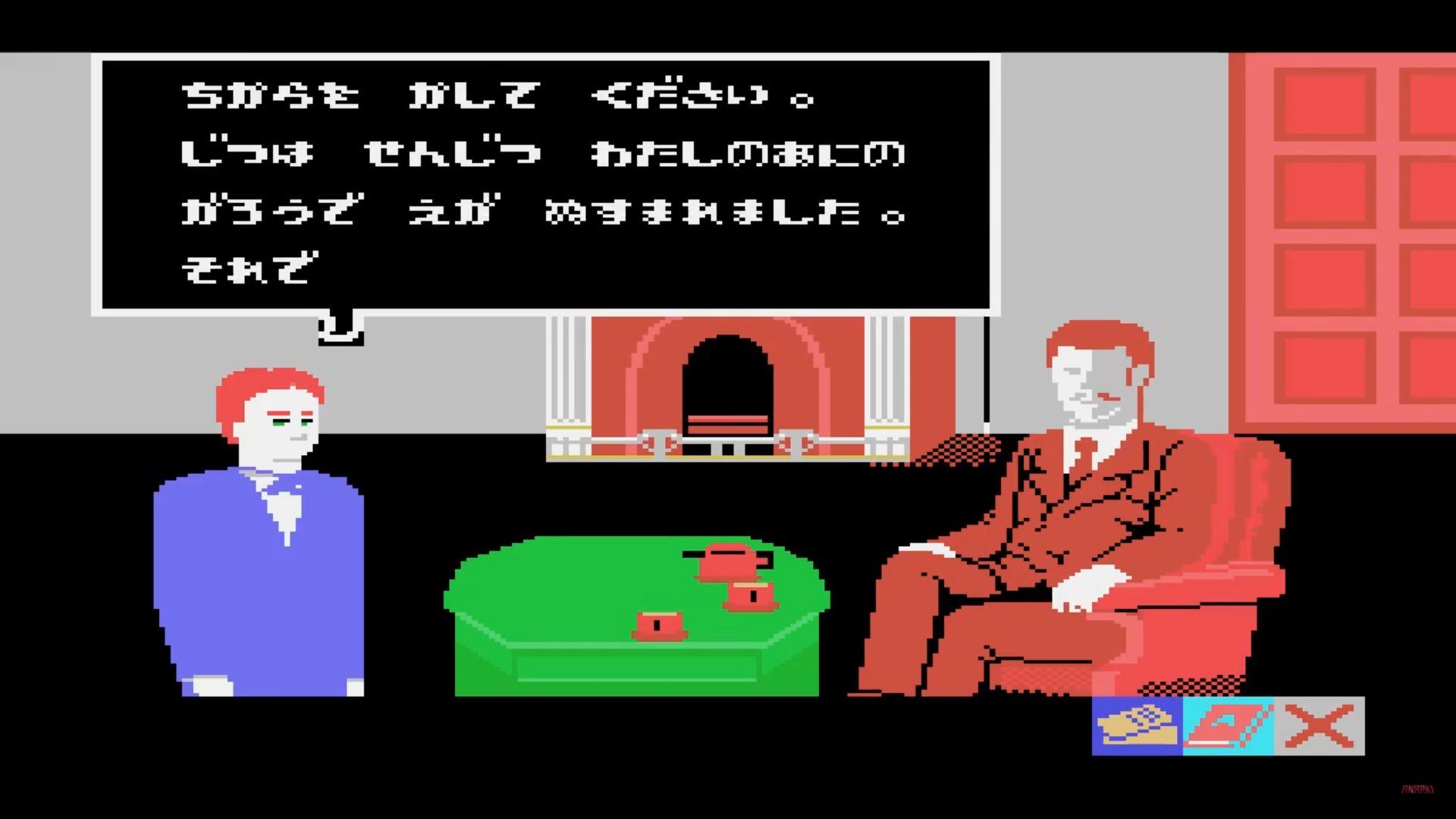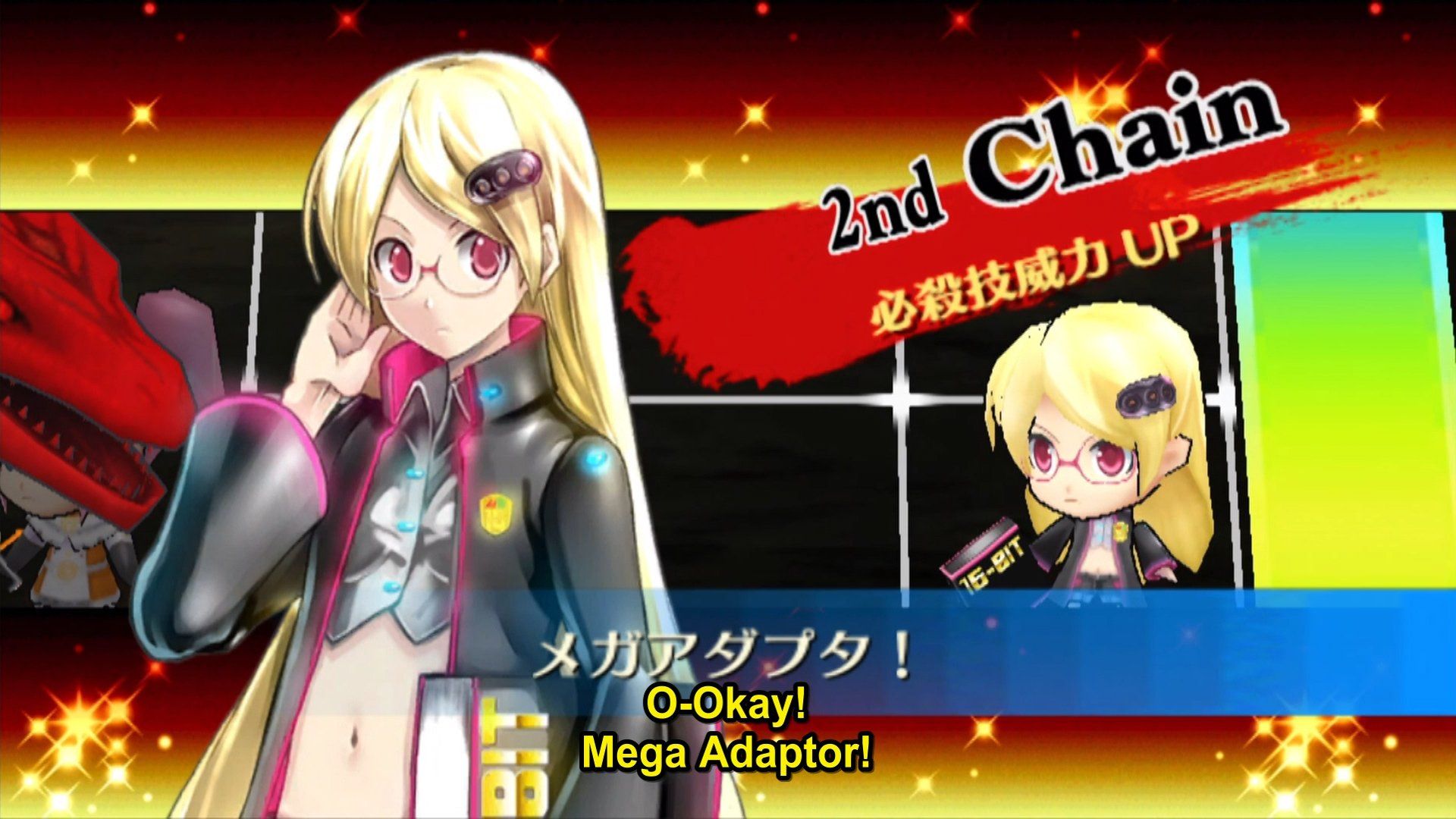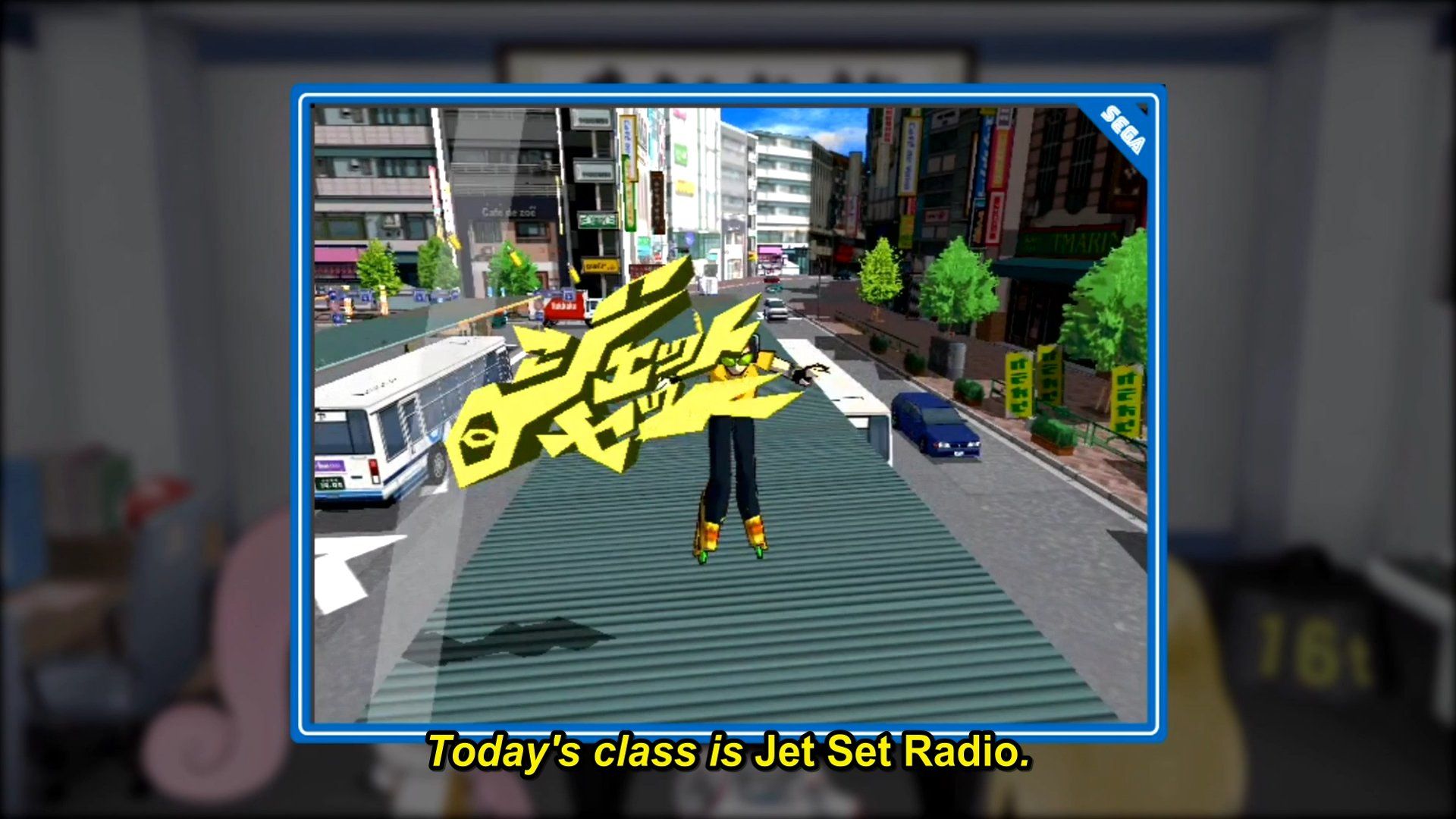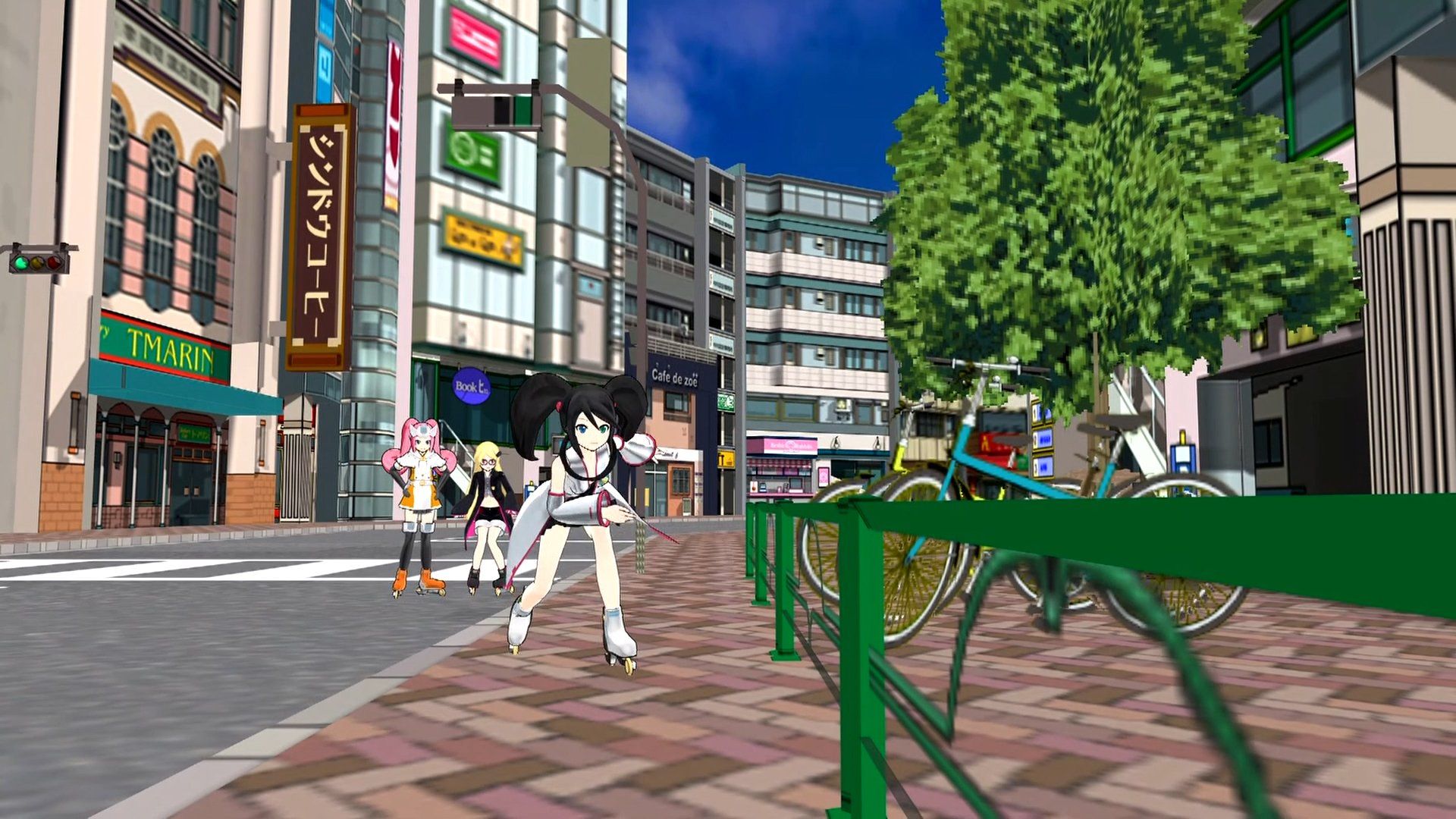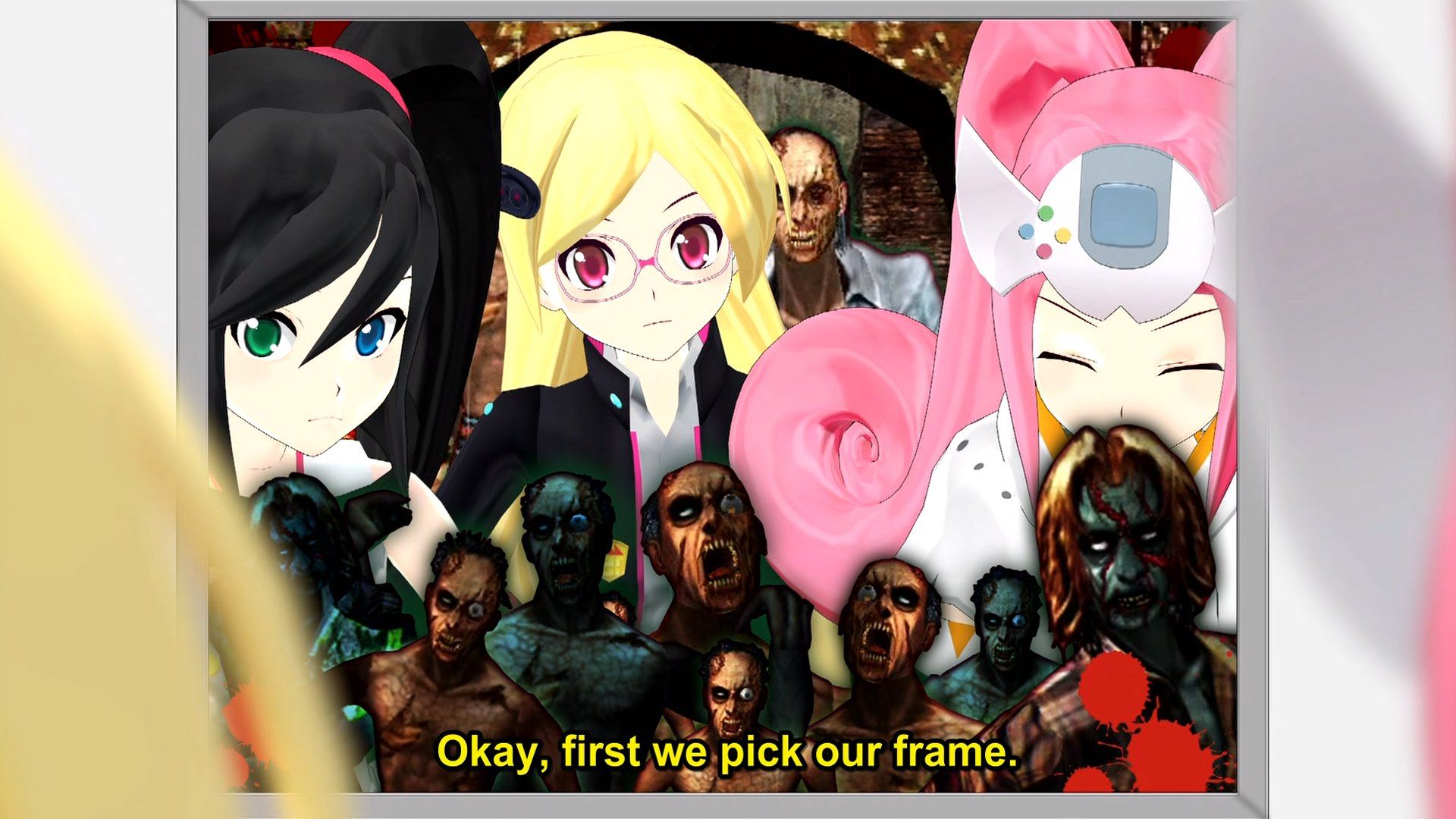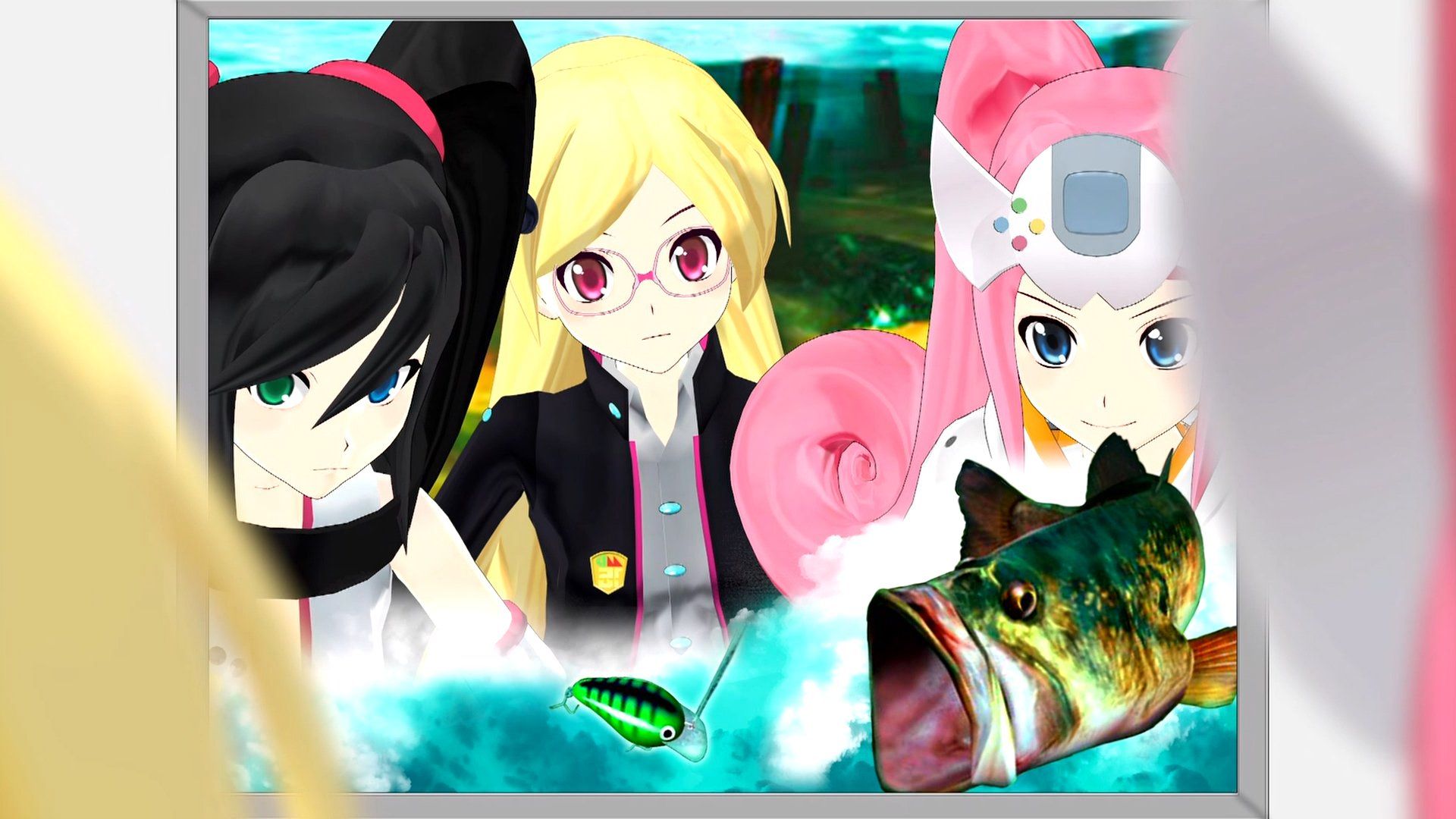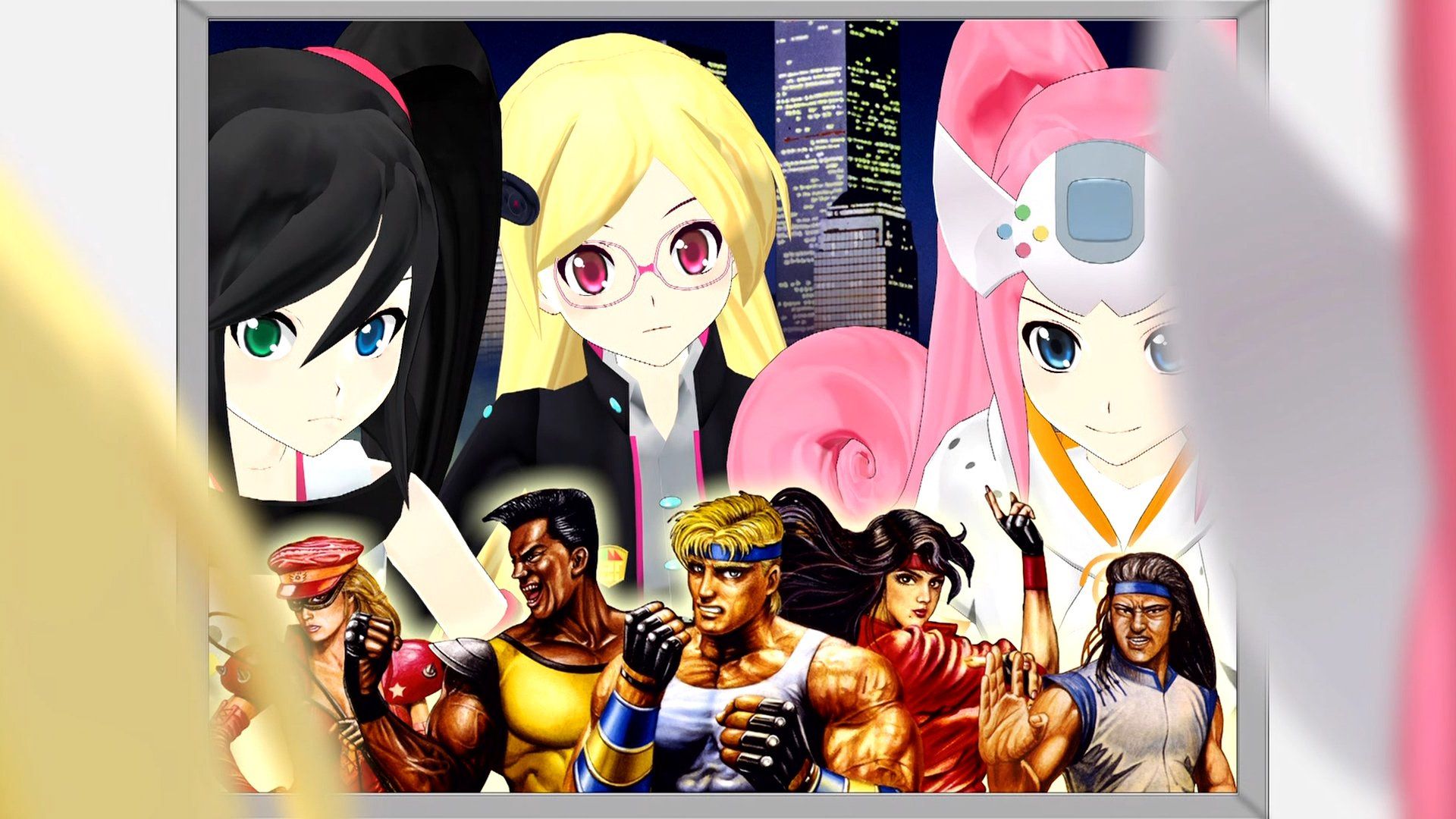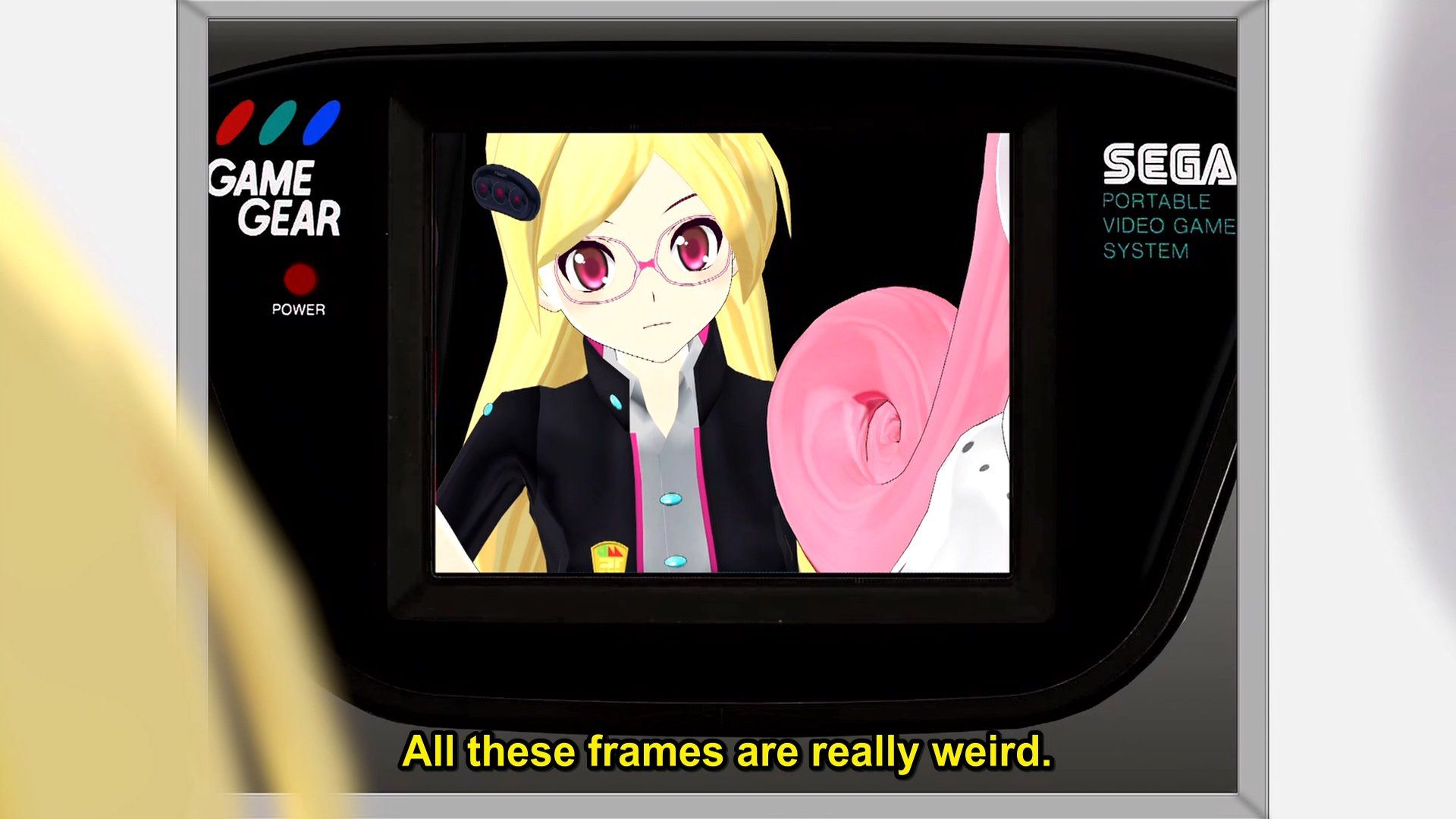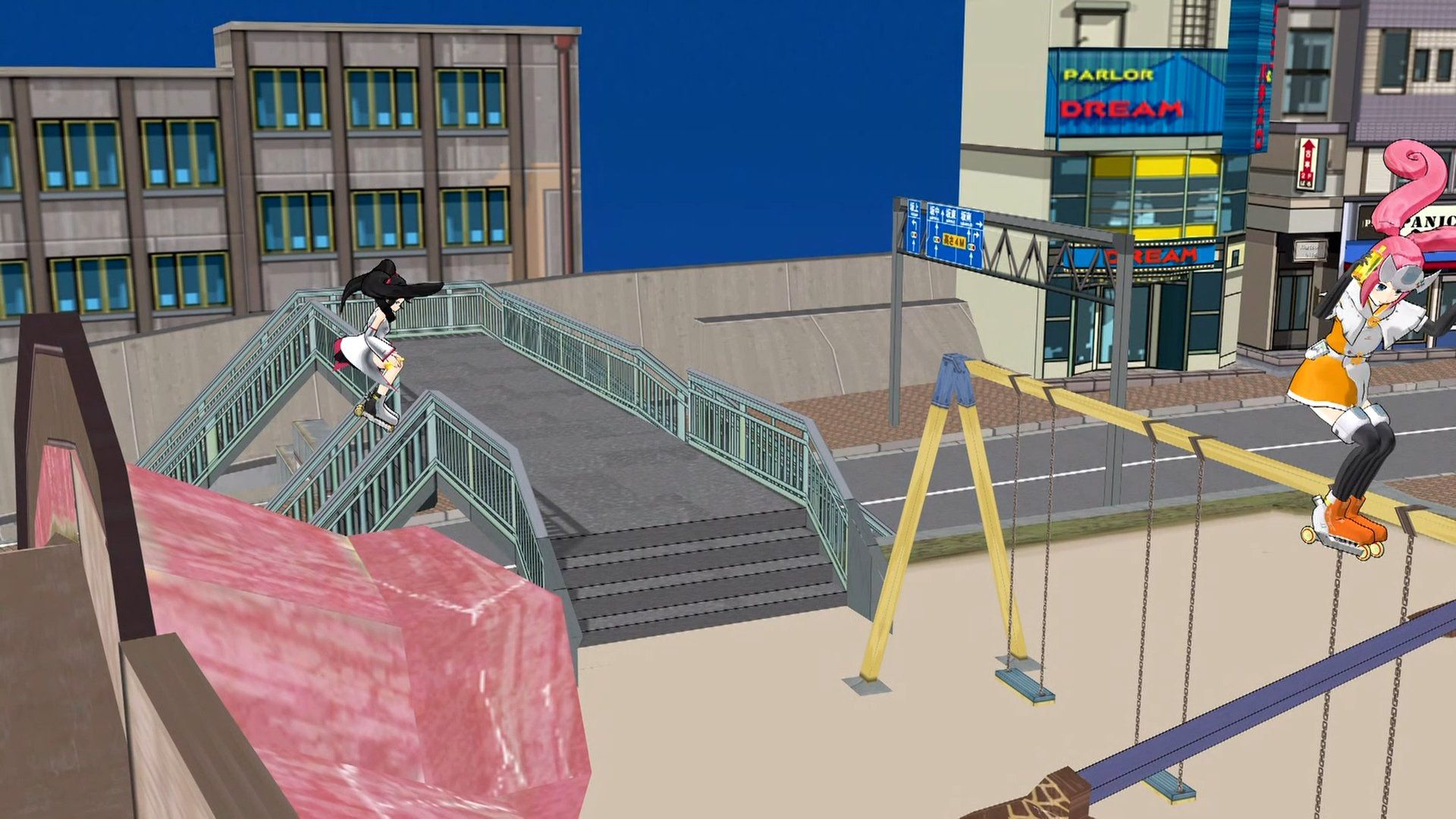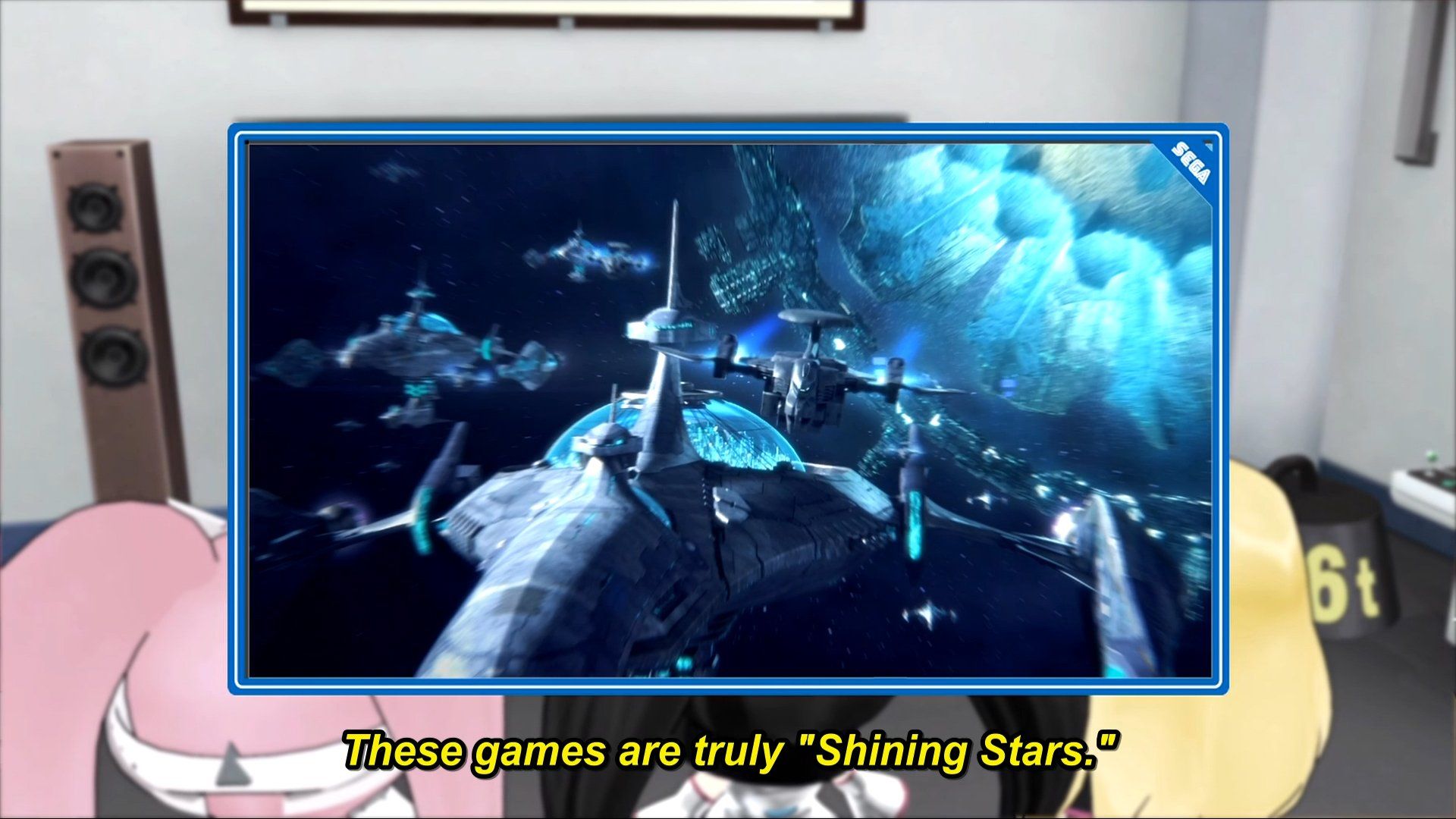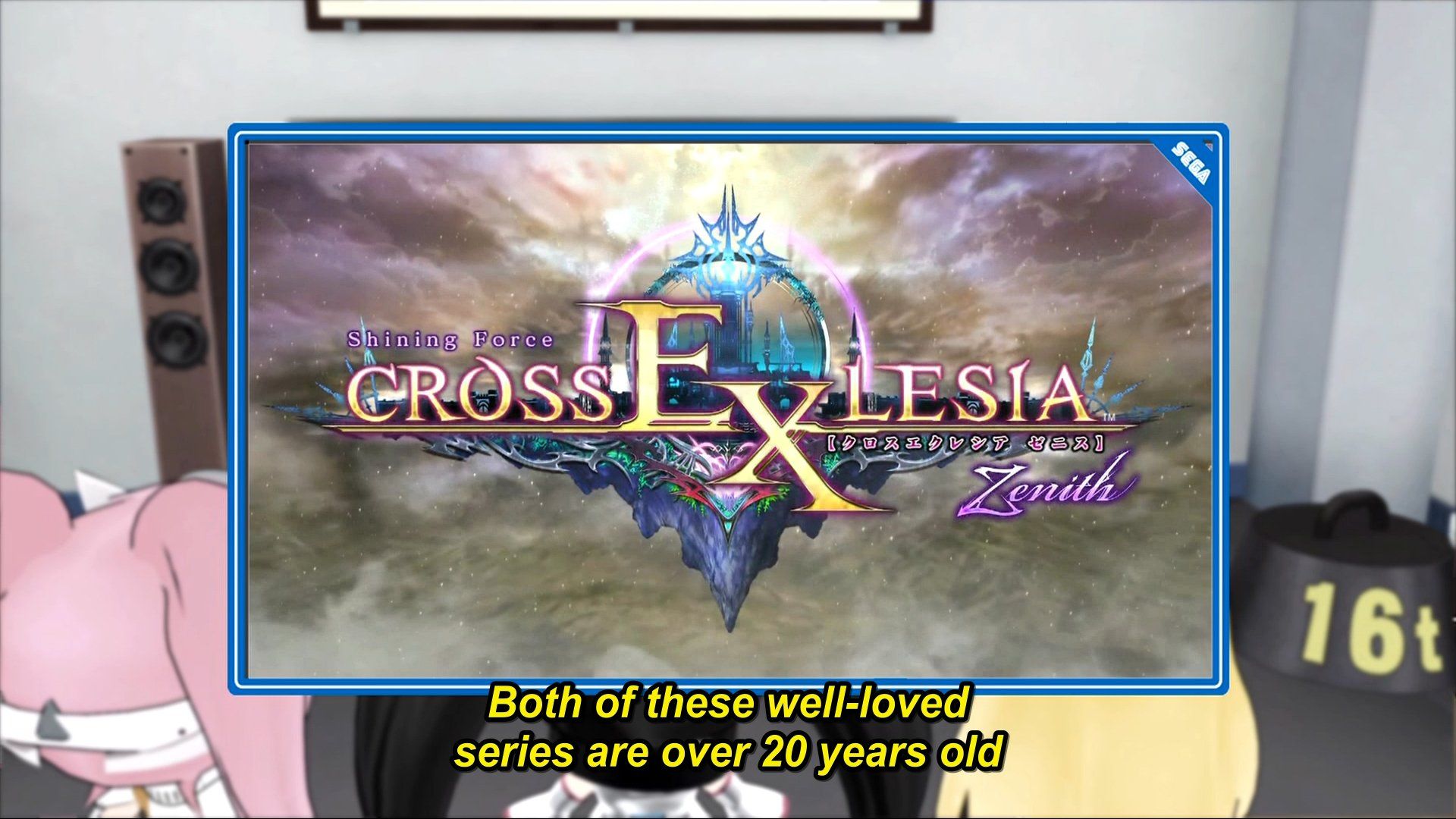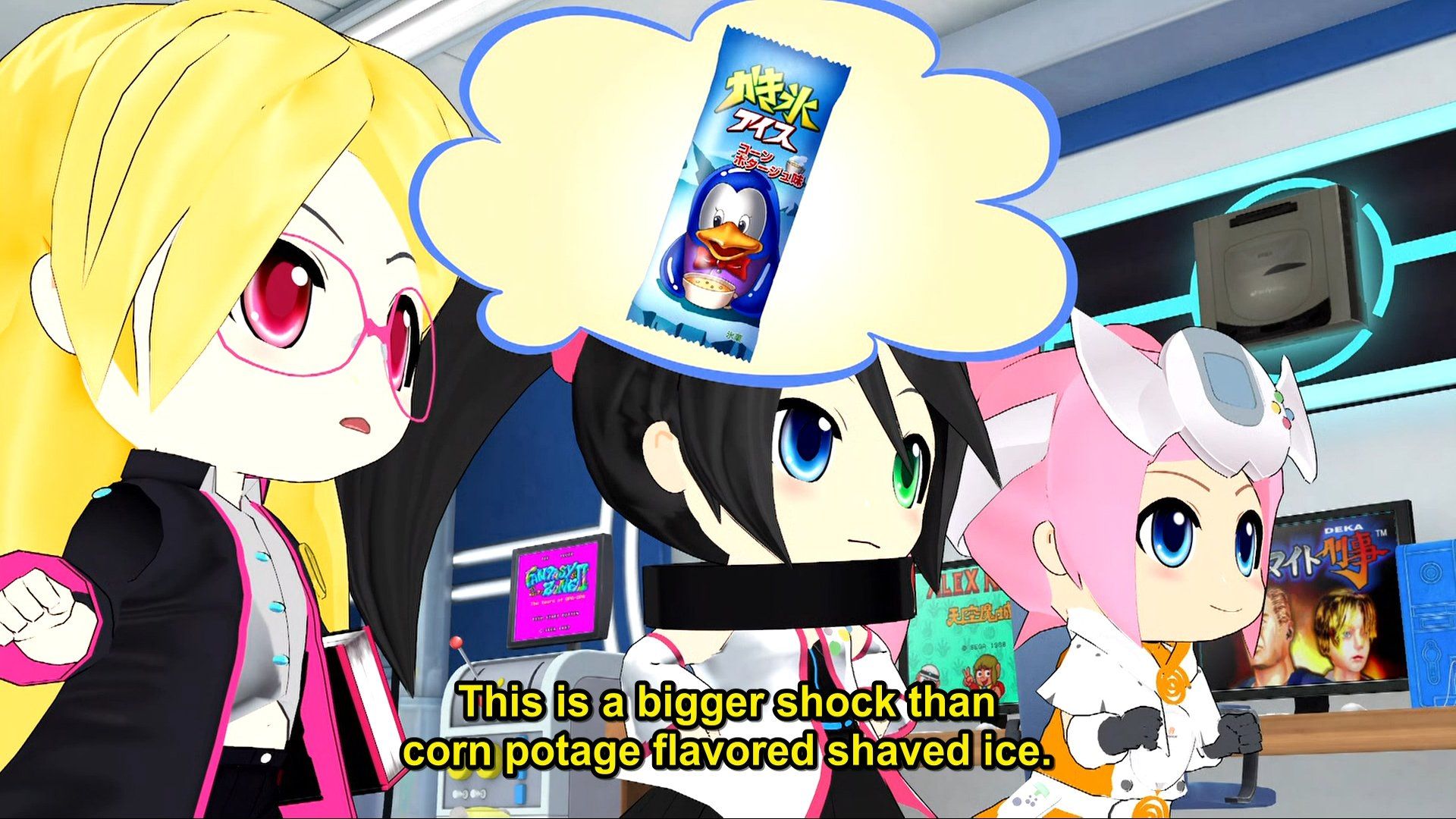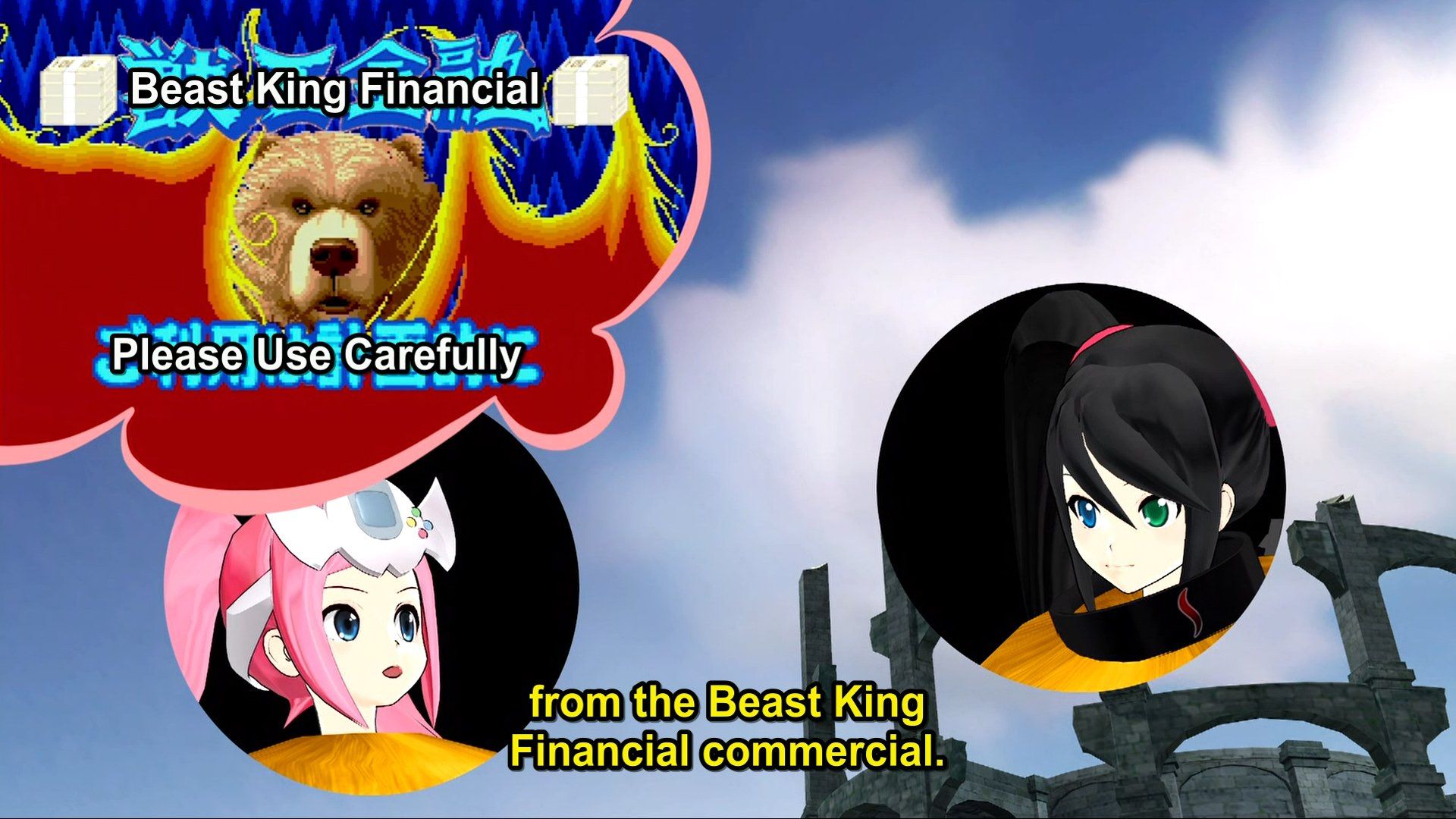[VGMP] Sega Hard Girls 6 - Episodes 9 to 11 References
Rory Joscelyne • 29 March 2022
VGMP: SEGA References from Episodes 9 to 11

We return to the vast well of references that is Sega Hard Girls. We've already seen so much, Episode 8 was basically a cheap showcase of 29 female Sega characters (and I omitted the Sega Hard Girls characters, as they had their own article at the beginning of this).
PART 1
- Character References
PART 2
- Atrium References
PART 3
- Classroom References
PART 4
- Episodes 1 to 4
PART 5
- Episodes 5 to 8
PART 6
- Episodes 9 to 11
PART 7
- Episodes 12 and 13
PART 8
- Episode 14/The OVA Movie
But we've made it here now, from here we'll be diving into the worlds of Chain Chronicle (a mobile game), where we'll meet some rare Sega characters in a pub (including Mint-kun. Remember him? No, me neither...), before swinging into the world of Jet Set Radio and finishing in a crossover of Phantasy Star Online 2 and Shining Force Cross Exlesia Zenith ("And the award for the longest, most tongue twisty title goes to...").
Episode 9 opens with the girls being introduced to a tower-defence RPG game called Chain Chronicle, which was largely released in Asia (and had a short-lived North American release) as a free-to-play mobile phone game. It was released across iOS (Apple's phones), Android (Google's phones) and on the Playstation Vita handheld console.
I'll include a shot of the girls in-game in a bit, however I felt it was interesting that there's a play on words that only works in Japanese in this introduction. The title Chain Chronicle should translate to Japanese as "Chein kuronikuru", however Saturn is apparently pronouncing it "Chien Kurou" which would translate to "Trouble with Lag".
When the girls first materialise in Chain Chronicle, they're given a playing card that explains their roles in the game. Dreamcast is the Valkyrie role (a power/attack soldier), Mega Drive is a Wise Woman role (later explained to mean she's the group's Healer) and Saturn is a Mage which allows her to utilise offensive magic spells.
The girls appear in Chain Chronicles' cutscenes, and here we get some nice resolution artwork of each of them.
There's not much for me to note here, other than showing off another crossover between the Sega Hard Girls and the Chain Chronicle universe.
In the first shot we see the Sega Hard Girls chibi forms inside the Chain Chronicle world. This is also one of the few times we see Saturn's Twin Stick weapons in her chibi form.
The second image shows the gameplay screen for Chain Chronicle, and it appears special 3D models of the girls were designed for this particular game, as they match the artwork for the game perfectly. While clearly based on their chibi forms, you can tell they aren't the same models. Considering the game came out in mid-2013 (the same year Sega Hard Girls was released) it's likely that the animation team actually had access to the game in development and were able to get their characters specially modelled by the game developers.
The final image gives us a closer view on these unique models, and reveals what a victory screen looks like in the original game. Because of the gap between Dreamcast and Saturn, my guess is that most games usually have you using 4 characters.
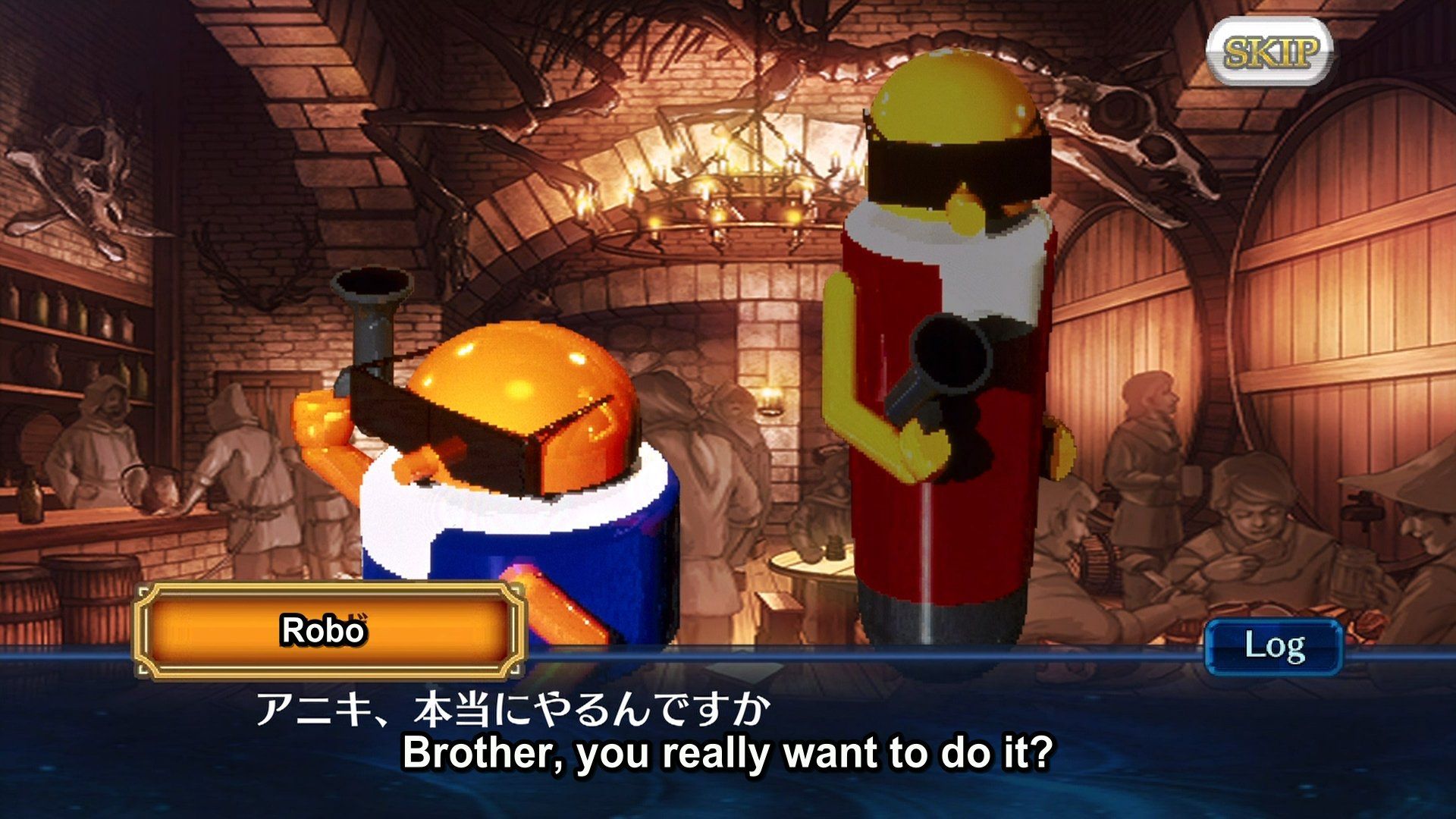
After the battle, the girls enter a Tavern to relax. The longer they stay here, the more Sega characters begin to pile in.
Robo and Mobo appear first. These two characters come from the Sega arcade game Bonanza Bros (1990). The game was a side-scrolling stealth game for two players, where you'd have to rob banks together without being caught. Even if played in single player, the screen always plays in split-screen with the other half of the screen covered.

Bruno Delinger (Dynamite Cop/Die Hard Arcade) makes another appearance here as a student of Sehagaga Academy who has forgotten his books and is late for an exam.
City skyline
Photo By: John Doe
Button
One of the oddest appearances is that of Sherlock Holmes, yes that
Sherlock Holmes. Because, while it's a reference to a Sega game, it would be a vast stretch of the term to consider him a Sega character. As a Brit, I'm still thoroughly convinced he's by Arthur Conan Doyle.
Either way his appearance here is a reference to the 1987 Sega SG-1000 game "Loretta no Shouzou: Sherlock Holmes", or "Sherlock Holmes: The Portrait of Loretta. This game was a Japanese exclusive, but also wound up being the final cartridge release for the SG-1000. It also ended up being the largest SG-1000 title ever made, at 128kb (or 1 Megabit) in size. Because of it's ludicrous size, it was placed into the packaging design usually reserved for Sega Mark III/Master System titles.
I've added a screenshot of the game as evidence and to give an impression of what sort of game the SG-1000 was capable of building on such a large cartridge.

This one took me ages
to source. Named as Mint-kun by the show, his name is actually Minto (which does translate to Mint to be fair), in the 1984 Japanese exclusive SG-1000 title "Girl's Garden" (which is a suspect name in English as it is). The game was a very early title by Yuji Naka - the man who would later go on to program Sonic the Hedgehog and run Sonic Team. I've added the cover art for the game, and there you can see Minto waving at the back.
Strangely, Minto isn't the main character of the game. You play as Papri, the young girl on the cover who is Minto's girlfriend. Papri must collect a bouquet of flowers for Minto, and if she doesn't get him what he wants in time he will leave her for another girl. Gonna be honest, the dude sounds like a douchebag. You collect the flowers in a field full of bees and bears, with the bees dropping bonus points, lives and pre-made bouquets of flowers while the bears attack you unless you distract them with honey.
Papri essentially has to risk her own life to try and placate a two-timing scumbag (Minto) otherwise he'll ditch her for his mistress. That was more than I expected to find for a one-shot character reference in Sega Hard Girls.
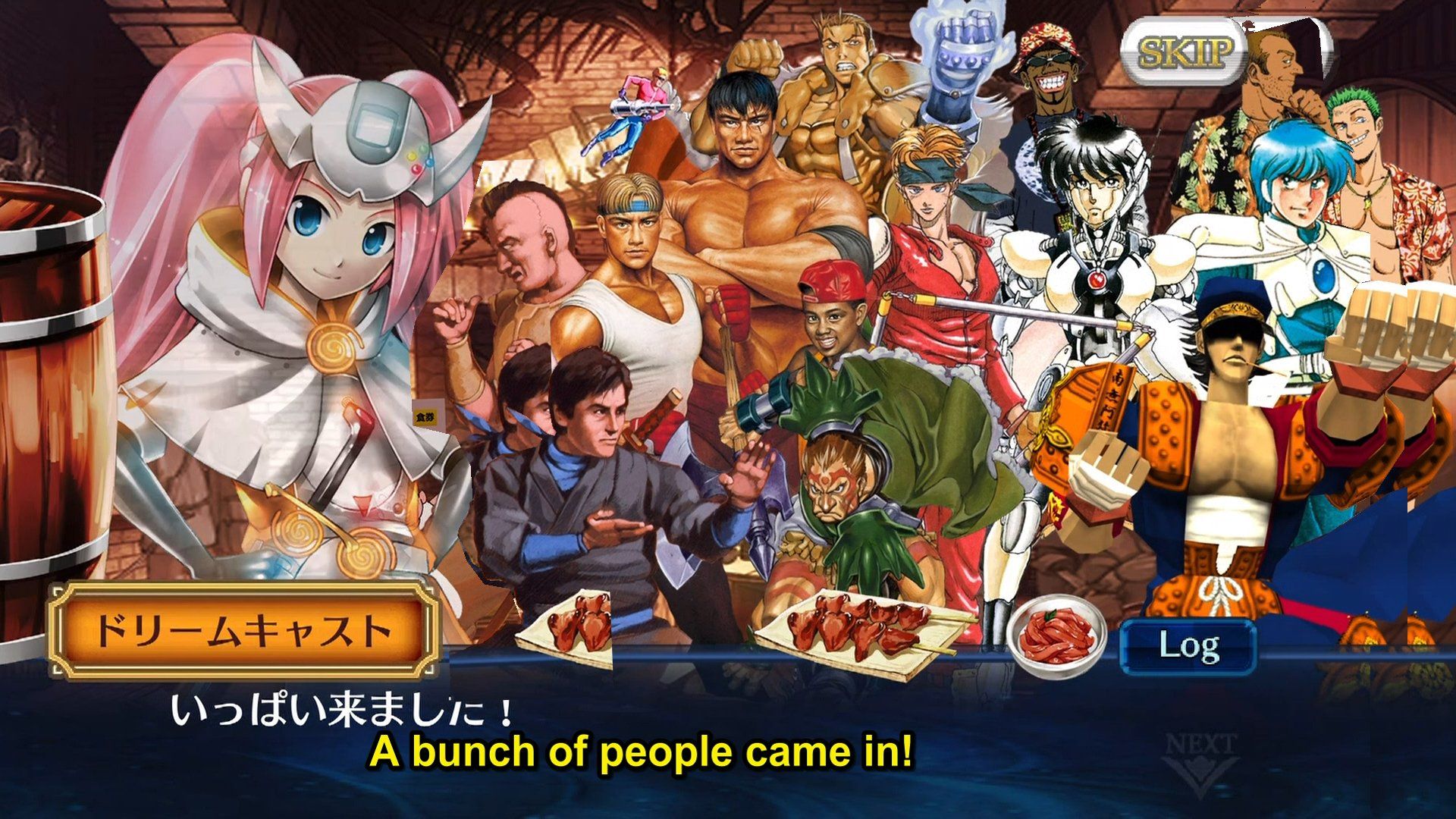
The last screen in the Tavern with references is when a crowd bursts in - all made up of character artwork across multiple Sega titles. I've had to try and stitch them together here as characters wind up behind others (to the point of not being visible) and bits of scenery.
I'm going to name the characters in 3 rows, starting with the back row and moving to the front;
BACK: Harrier (Space Harrier), King Leon (Dragon Force), BD Joe (Crazy Taxi), Gus (Crazy Taxi), Axel (Crazy Taxi)
MIDDLE: Enemy (Shinobi - Mark III), Axel Stone (Streets of Rage 2), Max Thunder (Streets of Rage 2), Skate/Sammy Hunter (Streets of Rage 2),
Yusako Kudo (Last Bronx), Wren (Phantasy Star III), Rhys/Kein Sa Riik (Phantasy Star III)
FRONT: Joe Musashi (Shinobi - Mark III), Lord Gongos (Dragon Force), Bahn (Fighting Vipers)
It's worth mentioning that the Dragon Force artwork for King Leon and Lord Gongos actually comes from the Playstation 2 version of the game, not the Saturn original. And while Streets of Rage has included Axel from the start, the actual artwork used for his character here is from the second game in the series, likely to match the art style used for Max and Skate..
The final series of images from Episode 9 come from the Sega Hard Girls pulling off special moves. Some of these are actually references to other pieces of Sega history.
Mega Drive uses a move called Mega Adaptor. The Mega Adaptor was the Japanese name for the Master System converter, an addition you stuck in the cartridge slot that allowed you to play Master System games on it. Oddly the Mega Adaptor was just a chunk of plastic with no real electronic parts included. The Mega Drive itself contains a full Master System (which is why it's 100% backwards compatible), so all the converter does is allows the different sized cartridge to fit into the Mega Drive's slot. Some later iterations of the Mega Drive (such as the Genesis 3) that were made as cheaply as possible removed the built-in Master System and as such don't work with the adapter.
It's also worth noting that the Mega Adaptor can't make the Mega Drive play SG-1000 games despite the fact the Master System can
play them. This is, again, because the Master System hardware includes a full SG-1000 in the unit itself for full backwards compatibility. The Mega Drive never had the SG-1000 parts built into it so could only go back as far as the Master System/Mark III.
Saturn's attack makes use of her Twin Sticks again - a reference to the Twin Stick controller - and Dreamcast uses the Dream Blade sword weapon. This is an odd weapon in that it is created wholecloth for the character in Sega Hard Girls. However a genuine reference might have been if she'd carried a Dreamcast Fishing Rod (with a blade attached at the end) instead - since the Fishing Rod controller could be used as a motion controller for the swords in Soul Calibur.
Episode 10 opens by introducing us to the world of Jet Set Radio! This is a beloved skating/graffiti game from the Dreamcast in 2000.
Center-Sensei opens with "Let's Get Scratchin'..." which is a phrase commonly heard during broadcasts by pirate radio station Jet Set Radio, the girls don rollerskates (with Mega Drive having to be given extra stabilising wheels) and we get several billboards and signs that are clearly legible across Shibuya.
While some signs are different (The yellow sign behind Mega Drive that says "Loft" says "gair" in the original game), most of the signage is intact.
The girls decide to go into a photo booth to immortalise their time together, and part of the fun of taking a comedy photo is choosing the right frame. These frames are all artworks to Sega titles, and there are nine of them. I'll do them in sets of three to keep things clear.
The first image here is from The House Of The Dead 2, a light-gun shooter that first appeared in arcades in 1998 and ported to the Dreamcast in 1999. I mentioned the legal issue this game saw in America in the previous article, so check that out if you're interested.
The second image is from Get Bass/Sega Bass Fishing, a fishing arcade game that first saw an arcade release in 1997 and ported to the Dreamcast in 1999. This was the game the Dreamcast's Fishing Rod controller was initially designed for, though as mentioned it found several other uses throughout it's short lifespan.
The third image is artwork from the first Bare Knuckle/Streets of Rage game, released on the Mega Drive in 1991. It was later ported to the Game Gear in 1992, and the Master System in 1993 (in a unique PAL exclusive release). Strangely, while most Game Gear and Master System games are almost direct ports of each other, the two versions of Streets of Rage are completely different titles. While the artwork of Adam Hunter, Axel Stone and Blaze Fielding is commonly seen (in the game's title screen too), the additional art of Nora (the dominatrix in red) and Hakuyo (the kung-fu fighter to the right) aren't as common.
The first image in this set is from Space Harrier, a game that will be seen a lot more in the series' finale.
The second image is from Power Drift, a very advanced super-scaler (ala Outrun) that also allowed the screen to rotate as you drove around sharp turns and inclines. Released in 1988, the game saw several technically inferior ports to home computer systems, but didn't appear on a Sega console for nearly a decade. It had been planned for the Mega Drive, and then again for the 32X add-on but both were cancelled. There was a third party attempt to port it to the Mega CD which also didn't see release. It finally saw release on the Saturn in 1998 as part of the Sega Ages series, and on the Dreamcast in 2001 as part of the Yu Suzuki Game Works Vol 1 disc (that remained Japanese exclusive).
The third image is a frame from Altered Beast. This is seen several times throughout the show, including during the opening credits where pixel art versions of the girls transform into different beasts. Here they only used the fire element from the transformation screen.
The final series of frames starts off with the Game Gear. The girls don't seem to fit into the screen of the handheld console, though.
The second image shows the girls each getting a separate Visual Memory Unit (memory card for the Dreamcast) to look through. The VMU's not only stored save files for the Dreamcast, but could be removed from the controller and used as a portable games machine.
The final image is from Shinobi on the SG-1000 Mark III. Surprisingly the show must have had access to the original materials (despite them being from 1987) as the arrangement of the characters is very different to that seen on the front cover of the game - with previously covered elements now clearly visible.
Some shots of the girls racing through Shibuya-cho. They start off at the bus station but they travel across into the area with the kids playground. They don't go into the area with the high hills, instead returning to the bus station afterwards.
Because of Mega Drive's handicap (her inability to skate) she's given training wheels for the race, but because that doesn't even out the race enough she's given a special ability.
"...but it looks like they gave me Blast Processing!"
Blast Processing was an advertising term Sega used to say why the Mega Drive was faster (and suggesting it was therefore better) than the Super Nintendo Entertainment System (SNES). In reality Blast Processing did
exist, it just wasn't really used. The Mega Drive was faster due to it's better processing speeds, however Sega marketed that this was why
Sega games were faster (when in reality much of that was due to game design).
Blast Processing was a talent the Mega Drive could perform that the SNES couldn't, but it never appeared in any retail games. Essentially the Mega Drive's video processor is 'blasted' with data at high speed which would force it to switch colours on the screen faster than the screen interrupt/refresh of the CRT TV it would be outputting to. This meant that one part of a picture would have one full-range of Mega Drive colours, while another part had a completely different palette of colours - effectively meaning the Mega Drive could show off way more colours than the SNES ever could.
The problem with Blast Processing is that it is very CPU and GPU intensive, meaning that actual gameplay elements couldn't be displayed properly while the Blast Processing was going on - as such it wound up only being used in tech demos by developers to display higher resolution still images. If it could be implemented in a retail game, it would have been in cutscenes (which weren't common on the Mega Drive to begin with) as such it was a fantastic party trick that fell on it's arse at the first hurdle - much like Mega Drive does when she activates it here.
City skyline
Photo By: John Doe
Button
There's this pull-out shot at the very end when the girls realise they really have become genuinely good friends. Here we can see several elements of Shibuya that would normally be covered in graffiti tags (such as the beverage advert to the left, and crime billboards with the woman in red and man in blue in the top right).
The main poster of interest, in regards to references, is the "Watch .beat" poster next to the beverage advert. I don't believe this appeared in the original game, however I'm certain it's an added reference of two things. First the Jet Set Radio character of Beat, who we never see but would otherwise be here. However the "Watch" text with the red and white cross beside it is very
reminiscent of the Swiss watch company "Swatch".
Sega Dreamcast exclusive game, Metropolis Street Racer (2000) had the online time trials officially sponsored by Swatch. It's possible they also had a hand in time trial sponsorships for other Dreamcast titles too. While I haven't heard of a connection between Jet Set Radio and Swatch, it's possible there was some crossover at a Japanese exclusive event or competition.

The final image from Episode 10 is the appearance of Gum on a corner in Shibuya. This is a terribly done shot, where it's obvious the character is actually a still cutout standing there. She has no animation and comes across very flat, whereas Adam Hunk (the guy next to her - don't ask, you won't like the answer) is an animated 3D model beside her.
Adam Hunk has no real equivalent or reference as far as I can tell. The closest I can see is that he slightly matches Adam Hunter's title screen image in Bare Knuckle/Streets of Rage, but it's neither a perfect match and the characterisation doesn't fit.
We open Episode 11 with the introduction of Phantasy Star Online 2 and Shining Force Cross Exlesia Zenith. Center-Sensei decides (for some unknown reason) to blend the two franchises together for the day's challenge. Essentially this winds up with the girls dressing as Rappys (cute bird enemies from the Phantasy Star Online series) in the world of Shining Force CEZ (and yes, I'm going to shorten that title wherever possible).
Here we see the title screens and parts of each games opening cinematics.
City skyline
Photo By: John Doe
Button
In what is a very odd reference, and in English feels very forced, Mega Drive states;
"This is a bigger shock than corn potage flavoured shaved ice."
If it's a common phrase in Japan, so be it. But it really doesn't translate well. Either way we get a thought bubble showing us the packaging of said food, and I was surprised to see it was the penguin from Doki Doki Penguin Land on the SG-1000! I've shared the original game art so you can see the connection for yourselves.
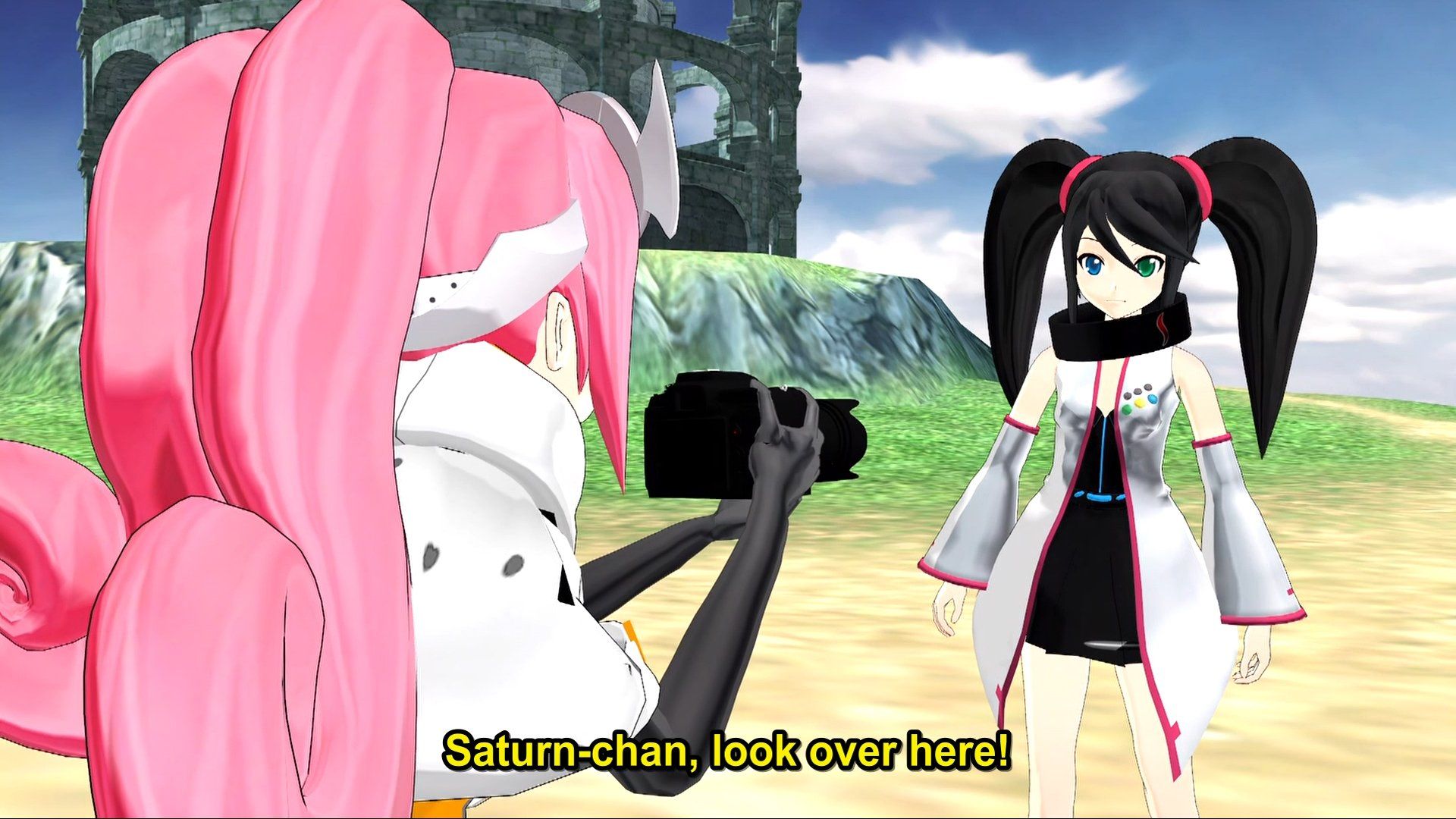
Not a Sega reference, but it's clear that when Dreamcast starts taking photos of them all that she's using a Canon 50D digital SLR to do the job. This is an interesting choice they only get away with as they don't show any brand naming. However the shape of the camera is an exact match. Considering there was a Sega Dreamcast camera accessory, I think it would have been better to go with that instead.
The girls have to work together to take down a massive dragon despite being dressed as Rappys.
Eventually they defeat the dragon but Dreamcast is thrown into the atmosphere by it before they can win. At the end they wonder where she's gone, and it turns out she's having to battle the final boss of the Shining Force CEZ game all by herself.
City skyline
Photo By: John Doe
Button
The final images for Episode 11 are these random "commercials" for Beast King Financial. The artwork comes from Altered Beast, and the term Beast King is a clear reference to the game too. However I never fully understand why this joke was placed in the episode at all.
Either way, if you're in need of a loan, perhaps you could consider Beast King Financial?
We're down to the last leg of the show's story. The next article will be Episodes 12 and 13, the finales of the entire show. We'll do another one for Episode 14 (which is a bonus episode, and not part of the main story) too. But for now, stay tuned for more.
Please check back regularly for updates, and do follow our podcast including our episode on Sega Hard Girls at
www.vgmovie.co.uk.


Blue Streak, speeds by... Sonic the Hedgehog (2020) is Hollywood's first big blockbuster attempt to bring Sonic to the big screen. A much more popular effort than the 1996 anime movie, this one sees Sonic come into the "real world", but that doesn't mean that it isn't jam-packed full of Easter Eggs. And some of them are references to other Sega franchises.

First things first - DO NOT WATCH THIS MOVIE. Kung-Fu Master may have the licence for the game, and it may include a few scenes at Arcades, but the story is nothing to do with gaming - and the story it represents is a literal crime. A vile, vile crime. With that out of the way, there are some interesting arcade machines visible throughout this film - all of which are here. So you have been saved from having to watch this vile garbage - and saving you the criminal act of watching it.
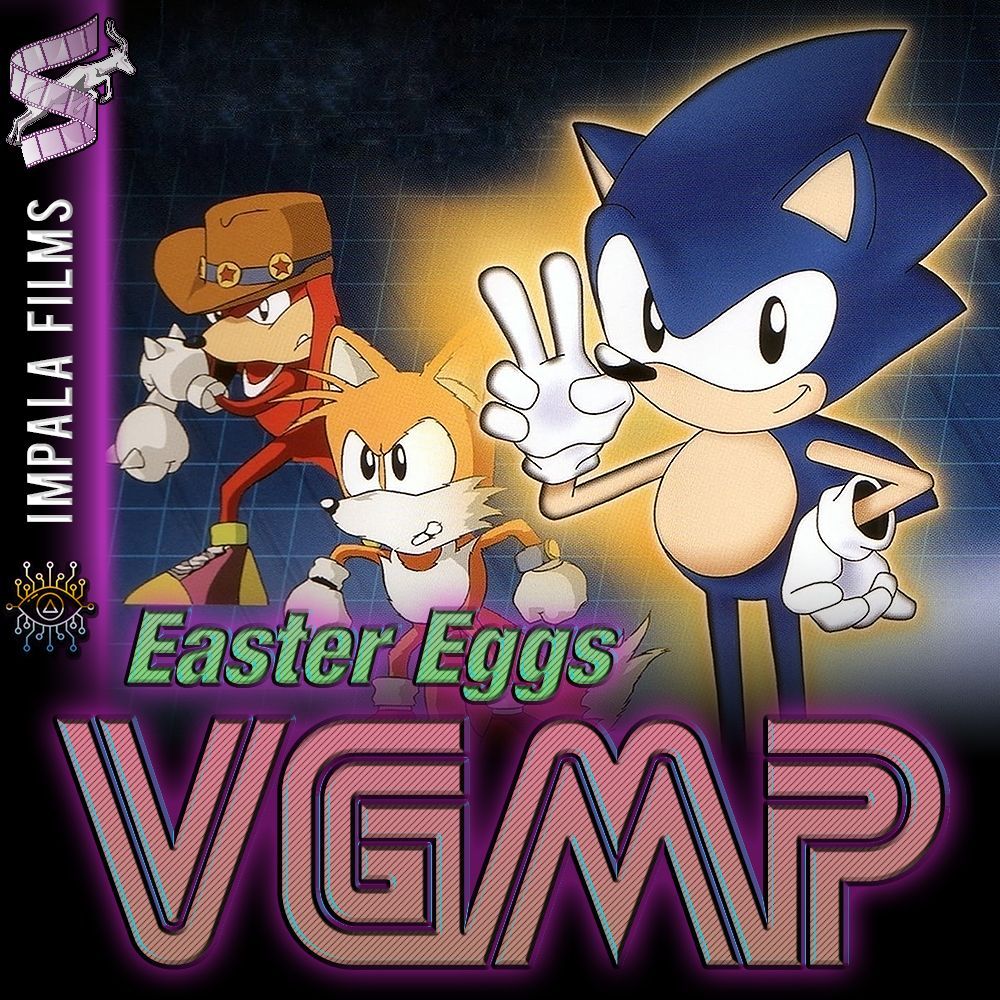
Also known as Sonic the Movie, the Japanese OVA was actually a run at a possible series that never materialised, instead leaving us with two episodes hastily stitched into a "feature". And boy, did they push taste and decency for some of this. Other than Robotnik chasing underage skirt, it's largely inoffensive. But unfortunately that story angle wound up kick-starting a long running VGMP joke of Sonic adaptations having to reference breast milk (which the 2020 Sonic movie also references).
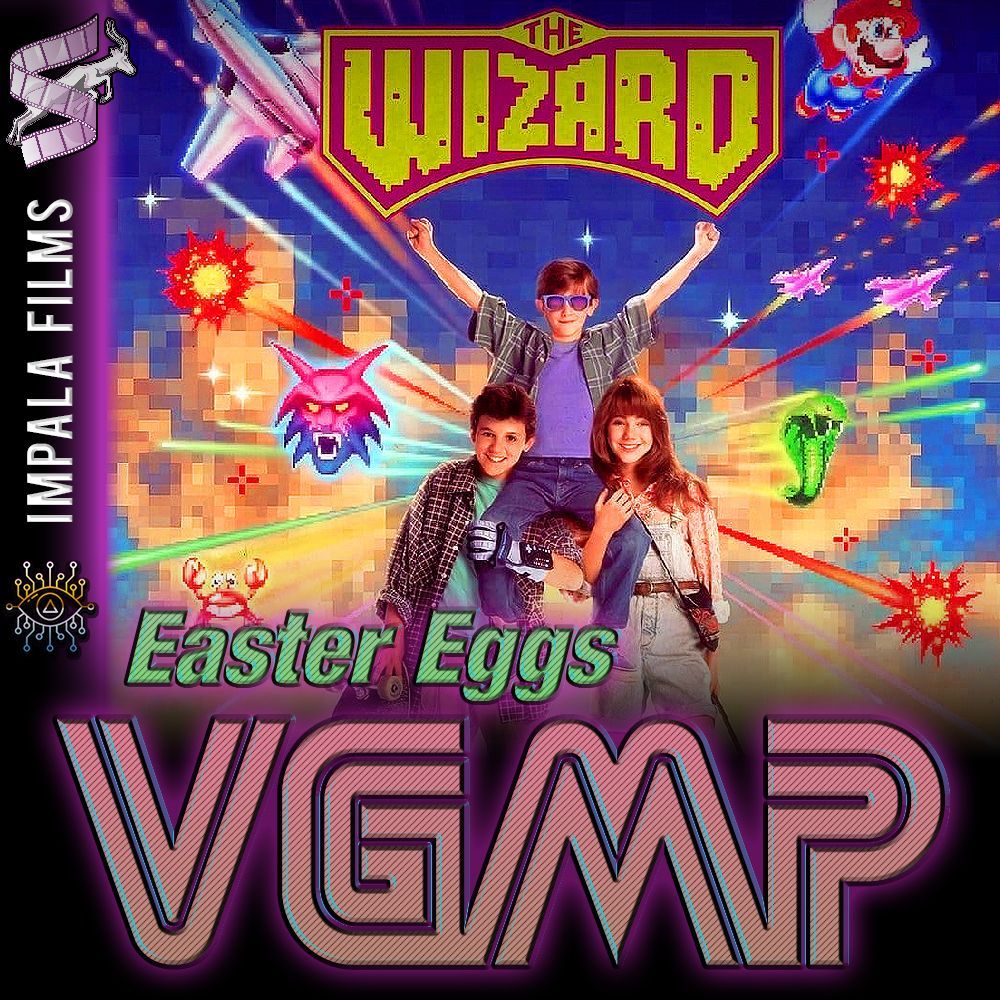
I love The Wizard. It's so bad. The first major disagreement between Rory and Jamie in VGMP, Rory fully recommended The Wizard as a movie, whereas Jamie fully rejected it. It's not hard to see why this movie caused such a rift of opinion - it genuinely tries to be a deeper and emotional story, but it's still a Nintendo marketing product (and an out of date one, at that). One thing The Wizard does have, is a lot of videogame references.
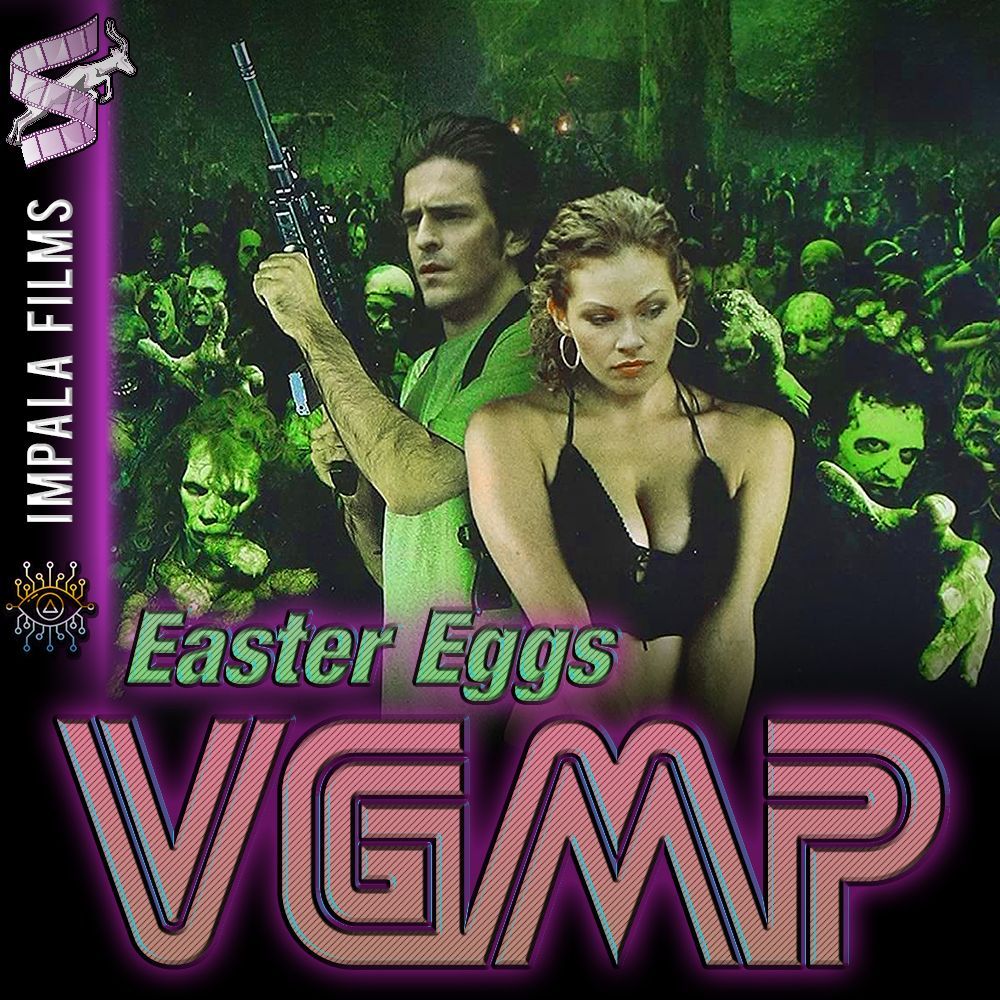
The House of the Dead movie brings together two major events in film. It's the first foray by Uwe Boll into video game adaptations - the start of a terrible career. And it was the last ever movie to use the turn-table technique for 360 degree shots, as it was too dangerous to keep using - much like allowing Uwe Boll to have a film career. This film doesn't have many proper references, instead lazily throwing in random micro-shorts from the first three House of the Dead games (in no particular order, for some reason).
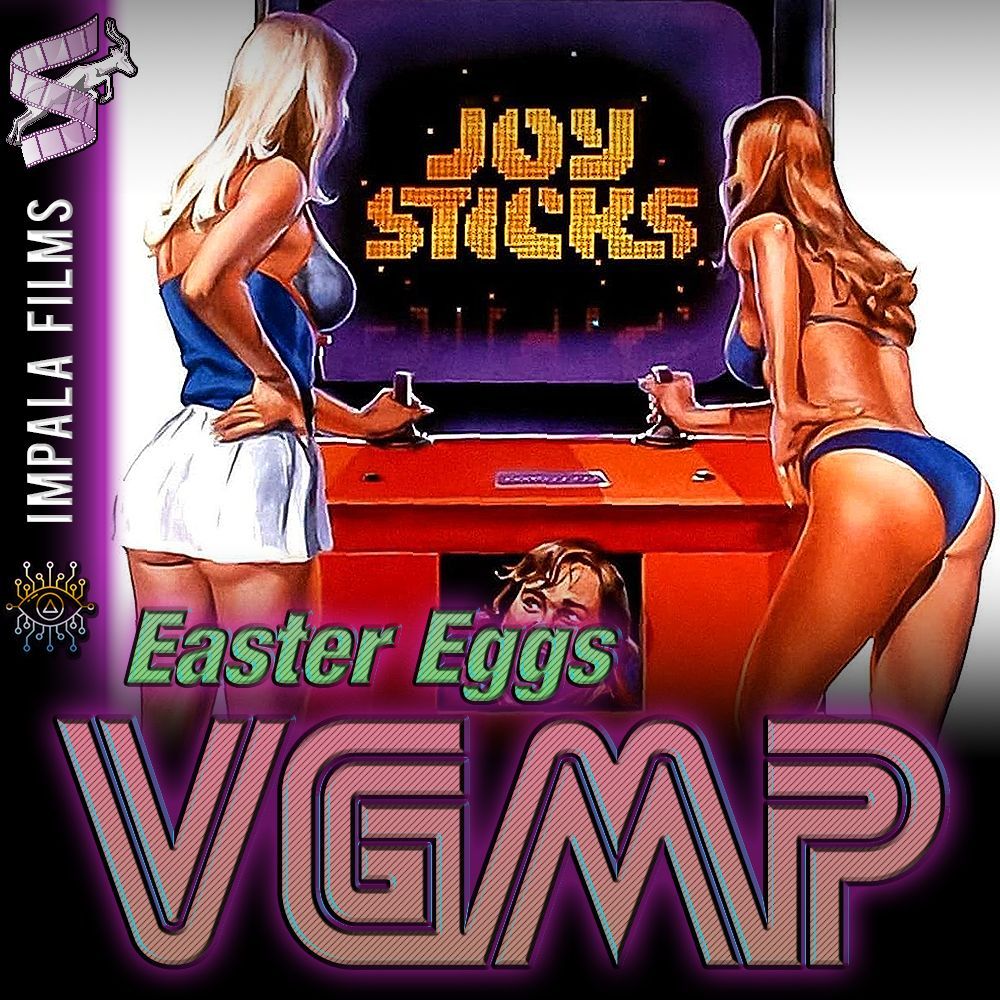
The first appearance of Jon Gries in a video game culture movie, and he would return in Noobz (2012) to steal yet another movie. Joysticks is an awful comedy movie, attempting to cash in on cheap teen humour of the time with a big dose of objectifying women. But to it's credit, it does showcase a lot of great arcade cabinets from 1983, and all in fantastic condition too! These screengrabs are ripped from the limited-run Blu-Ray release of the movie, which represents the best this film has ever looked. However this was a relatively low budget feature of it's time, so don't expect prestine visuals.

Tron is an undisputed 1982 classic that had a major impact on 80's culture and gaming aesthetics as a whole. And yet, when we reviewed it, it turns out the movie itself is a big bag of style over substance. The main videogame the movie revolves around is Space Paranoids, and it is not a real game. Several videogames were later made of Tron, but none of those appear in this movie.

Gamebox 1.0 is an odd 2004 movie starring the guy who played Harvey in Sabrina the Teenage Witch. You could technically call it a dramatic horror, if any of it was dramatic or a horror. As you can see from the shot above, the details were so vital to this film that there's a guy at "work" just staring at a blank screen. Regardless of the low budget nature of the film, there are still a surprising number of references hidden in this movie.



